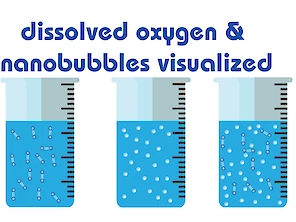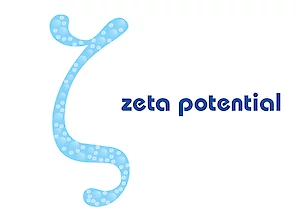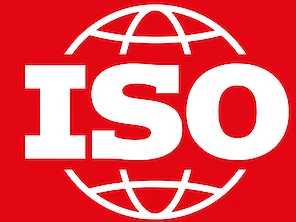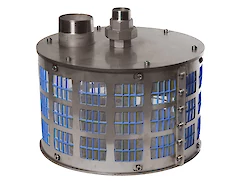ISO TC281standards for ultrafine (nano) bubbles

ISO TC281 is the International Organization for Standardization’s Technical Committee dedicated to fine bubble technology, establishing global standards for terminology, measurement, and industrial applications of fine bubbles and nanobubbles. This committee’s work provides the crucial “common language” for manufacturers, researchers, and industries using fine and ultrafine bubble generators, from water treatment to agriculture, medical imaging, and drug delivery
What is ISO TC281?
Established in 2013, ISO TC281 leads the global effort to standardize artificially manufactured fine bubbles—gas bubbles typically under 100 micrometres in size, dispersed in liquids. Its scope includes the fundamental principles, terminology, scientific characterizations, and wide-ranging industrial applications of fine bubble technologies.
Why Standardization Matters
Unified measurement and definition standards allow for reliable quality, performance comparisons, and international collaboration. For instance, they specify how to measure bubble size, density, type of gases, and lifetimes in liquid, underpinning market growth and innovation in everything from hydroponics to advanced cleaning and water sanitation. With standardized terminology and validated test methods (such as those described in ISO 20480-1 and ISO 20304-1), customers and regulators can trust claims made by manufacturers of fine bubble equipment.
Committee Structure and Global Impact
ISO TC281 uses a three-tier standardization structure:
- Top Layer: General principles, terms, and definitions.
- Middle Layer: Measurement methodologies, particle properties.
- Bottom Layer: Specific industrial applications.
The committee regularly updates standards and convenes meetings of experts from Japan, China, Southeast Asia, Europe, and other regions. Its deliverables already support global initiatives like clean water, sustainable agriculture, and climate action by offering reliable tools to organizations, governments, and industries building fine bubble systems.
Takeaway
ISO TC281 delivers the technical backbone for the safe, reliable, and productive use of fine and nanobubble technology worldwide, helping both established companies and emerging markets contribute to innovation and sustainability. Acniti remains at the forefront, ensuring its solutions align with international standards that drive global progress in water quality, food safety, and smart resource management.
Links
4 Links to other pages: ISO TC281
Great things happen when the world agrees, fine bubbles are an innovative technology, but without proper standards for the industry development, there are obstacles. From 2013 ISO started the creation of an International Standard for fine bubbles popularly know as nanobubbles.
ISO TC281 sets standards for ultrafine bubbles, improving water oxygenation and boosting plant growth with Acniti technology.
Interested to know why nanobubbles are officially called ultrafine bubbles? In this article we explain the reasons why the ISO technical committee has decided to use the official name ultrafine bubbles instead of nanobubbles.
Oxygen plays an important role in plant respiration, which causes energy production and plant growth. Increasing the percentage of oxygen in water improves the root structure and the activity of useful microbes in the rhizosphere. Naturally, an effective and practical system can increase productivity by improving the quality of irrigation water and increasing dissolved oxygen in irrigation water. Acniti oxygen concentrator and Acniti turbiti O3 are very effective supplements for irrigation of agricultural fields and at the same time improve water quality and increase dissolved oxygen (DO) and ozone in irrigation water. To determine the role of oxygen and ozone nanobubbles in the growth of lettuce, an experimental research was conducted. Research showed that by using Acniti nanobubbles generators, will increase the level of dissolved oxygen in water, and makes the roots of lettuce grow more and its weight increases significantly.







